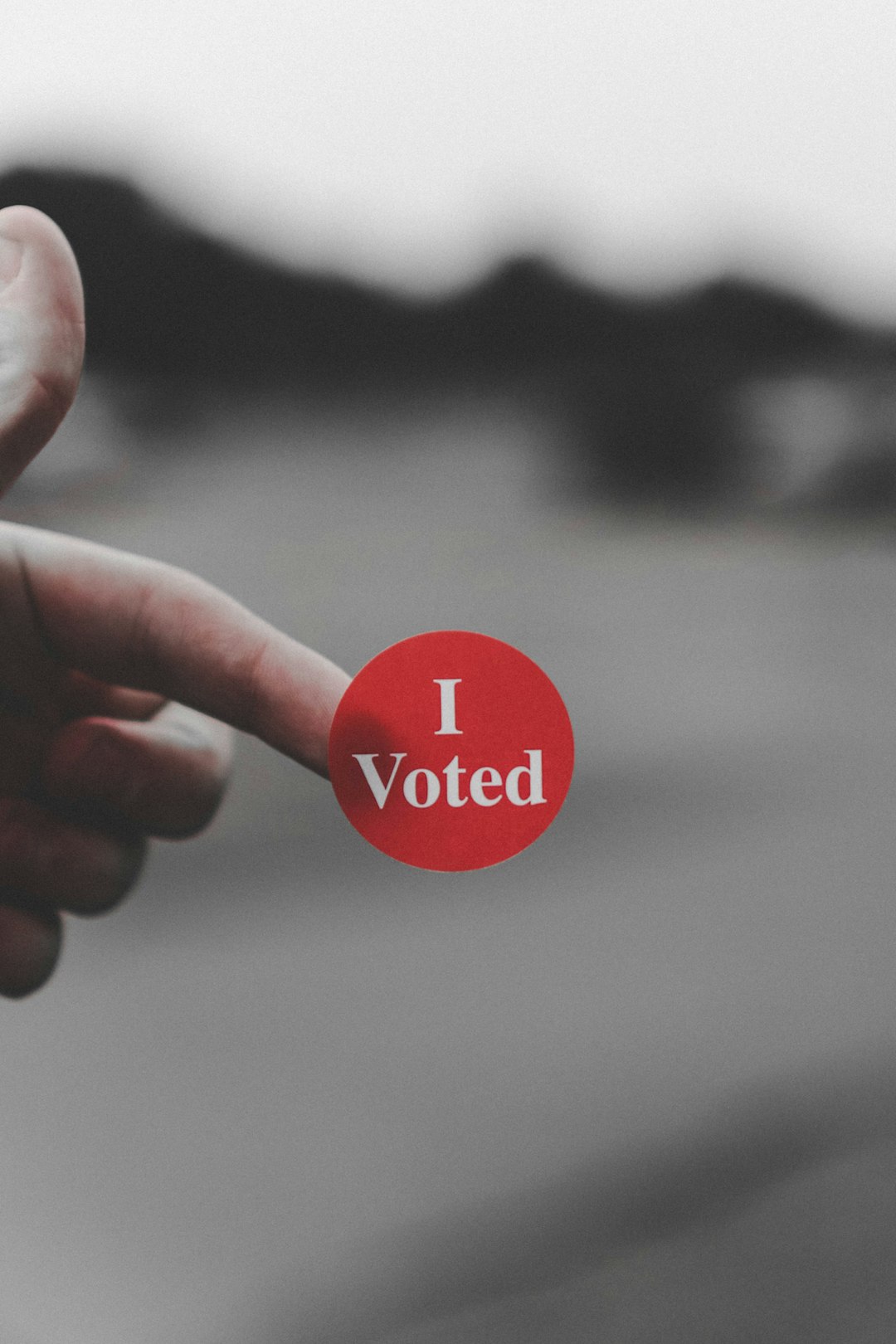
Breaking News: Impacts of Recent Economic Events
## Introduction. In today's rapidly evolving global economy, staying informed about breaking news in economics is crucial for businesses, investors, and consumers alike. Recent developments in trade policies, inflation rates, and employment statistics have caught the world's attention, making it essential to understand their implications. This post will explore various significant economic events and their potential impacts, providing insights on why they matter and how individuals and organizations can respond. ## The Rise of Global Inflation. Inflation has been a hot topic in recent months, with rates surging in several countries due to supply chain disruptions, increased consumer demand, and government stimulus measures. Many nations, especially those hard hit by the pandemic, are experiencing inflation rates not seen in decades. Just a few months ago, the United States reported its highest inflation rate in over 30 years, leading to significant concerns about currency value, purchasing power, and potential interest rate hikes by the Federal Reserve. In this section, we'll delve into the factors driving global inflation, examining supply chain shortages and increased consumer spending as key drivers. Understanding these dynamics can help businesses adjust pricing strategies and consumers plan their expenses, reinforcing the importance of responding proactively to changes in the economic landscape. ## Changes in Trade Policies. Alongside inflation, recent changes in trade policies between major economies, including the U.S., China, and European Union countries, have sent ripples through international markets. Tariffs, trade agreements, and sanctions influence supply chains and manufacturing processes worldwide. In the context of the ongoing U.S.-China trade tensions, we will analyze how tariff fluctuations impact businesses and consumers, making some goods more expensive and complicating international business relations. Additionally, the push for a more sustainable economic future has encouraged nations to adopt policies focused on green technologies and practices. Such shifts represent not only challenges but also opportunities for innovation and growth in various sectors. ## Labor Market Dynamics. The labor market's recovery from the pandemic has been uneven, with shortages in key sectors contrasting sharply with high unemployment rates in others. Employers face difficulties finding qualified workers, prompting wage increases and improved benefits. This phenomenon highlights the ongoing discrepancies between industries recovering swiftly and those still struggling. This section will also address the importance of workforce development and retraining programs to adapt to the ever-changing job market. By investing in skill development, companies can align their workforce with current demands, ensuring competitiveness as the economy continues to evolve. ## Monetary Policy Adjustments. Governments and central banks are navigating complex scenarios as they respond to rising inflation and shifting economic landscapes. Policymakers face challenging decisions about interest rates and quantitative easing, balancing the need for economic stimulus against the risks of overheating the economy. We will explore how monetary policy adjustments can influence consumer confidence, investment decisions, and overall economic growth. Understanding these impacts is crucial for organizations that rely on credit financing, as interest rate changes can directly affect the cost of borrowing and investment strategies. ## The Role of Consumer Confidence. Amid these changes, consumer confidence plays a pivotal role in shaping economic outcomes. As public sentiment shifts regarding personal financial situations, spending patterns follow suit. High consumer confidence usually translates into increased spending, driving economic growth. Conversely, if households are concerned about inflation or job stability, they may pull back on spending, stalling recovery efforts. This section will focus on indicators of consumer confidence, such as surveys and market trends, examining how they can affect business strategies and forecasting outcomes. Businesses should stay vigilant and responsive to consumer sentiments to adapt their tactics accordingly. ## Conclusion. In conclusion, the landscape of economics is continually shifting, influenced by inflation, trade policy changes, labor market dynamics, and consumer confidence. Understanding these breaking news developments is vital for making informed decisions in today’s interconnected world. Businesses, investors, and consumers alike must remain adaptable and alert to navigate these challenges and seize opportunities as they arise. By staying informed and proactive, we can better position ourselves for success in an ever-changing economy. .








